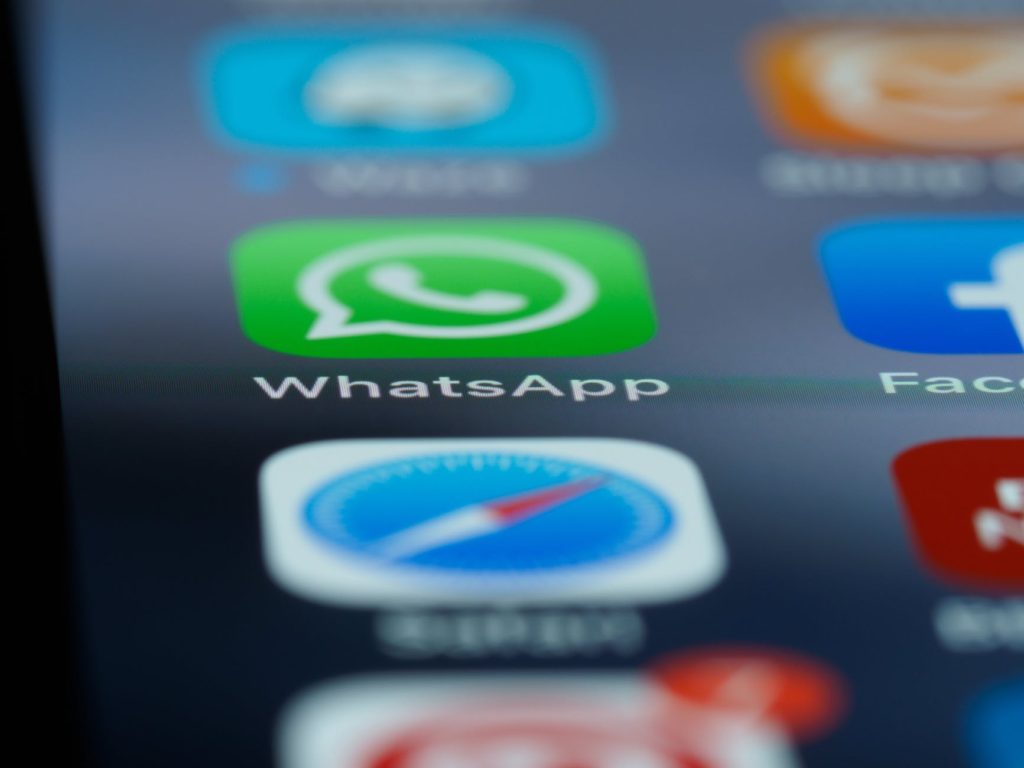
For years people have tried to find ways to make calls for free. In the old days to be able to achieve something like this you would’ve had to find a way to hack the payphone. Maybe, find a way to trick your wireless service provider. Then web calling started to become a possibility and people got more used to the idea that you didn’t even need a phone per se to be able to contact another person. In fact you could video call through the web before you could do it through a phone. Then calling apps started to become a thing with cell phones. People started looking for calling apps for free. Today there are a couple of them on the market. What’s going to work best for you?
There are different technicalities that are going to make calling apps for free or for pay different. For example, you’ve got Zoom, which is a peer to peer app, and you’ve got Google Hangouts or even Skype that are essentially hosted in one network. What difference does that make to the caller though? To be honest, for regular social calls, you shouldn’t be too worried about those differences. In this article we want to talk about the aspects of calling apps for free that we’ve seen truly matter to people. By the end of the article you’ll hopefully have a clear idea of what app is going to work for you and why.
- Calling Apps For Free – The Main Options
- Make Sure You Don’t Get Charged On These Free Apps
- What Makes One Option Better Than The Next?
- The Big Corporations & Your Data
- Calling Apps For Free – Things To Do To Keep These Apps Free
- Are We Seeing The End Of Regular Calling?
Calling Apps For Free – The Main Options
When looking at some of these apps that were going to be talking about here shortly, one thing jumped out at us. At the time that a lot of these apps started they had different features. With the way that technology and everything has evolved these apps have also evolved. When it’s all set and done many of them offer very similar features. So much so that it’s really hard to differentiate one from the other. As far as the benefits or the upside that you’ll get from one that’ll urge you to pick that option over many of the other apps on the market. Even though it is hard to differentiate, we are going to try to do so here.
We’ve talked about this in other articles on the site, but there are 3 main categories of calling apps for free. There are the primarily mobile apps, those are Whatsapp and Telegram, there are other apps on this list like Line, but in our view they just aren’t popular enough to hang with the two we mentioned. There are the tablet based apps like FaceTime, or even Houseparty which is a bit of a hybrid. From there, we have the traditional web based apps like Skype, and Google Hangouts. With Zoom gaining ground through the COVID 19 pandemic. Which option suits you best?
Make Sure You Don’t Get Charged On These Free Apps

Most of the apps that we mentioned are in escene “free”. That doesn’t mean though that all of the features on these apps are going to be free. That’s certainly something to watch out for. Zoom for example had a very famous 20 minute call limit on the calls that you made on the free version of the app. Some other apps like Skype have a feature to call phone lines directly. Whether it be a landline or a cell number. However this feature isn’t free on the app. Keep in mind that different apps are going to have different features. We may start a set of articles in which we explore each app. We already have a couple of articles that specifically cover a particular app in depth.
The other main issue that can make certain apps “not free” is where you’re getting your data. Most of the apps that we’ve mentioned and quite frankly any list of calling apps for free, is going to feature apps that essentially allow you to make “web calls”. We can go the technical route here, but to keep it simple you need phone data or internet coverage to be able to make these calls. What can happen that will make these “calling apps for free” not free? Well, if you’re on a limited data plan using these apps can use up your data, and so you’re ultimately paying for the calls. When you’re abroad this can be a big deal for sure! Roaming rates for making these calls could be insane. For the most part using these apps with wifi coverage is the best deal.
What Makes One Option Better Than The Next?
What should you be looking for in these apps to pick the right one for you? This is something that we’ve put a lot of thought into, and we’ve come up with a few things that we feel should be key in your decision making.
- Common Contacts That Use The App
Usually to be able to make calls through these apps you need to make sure that the person who you want to call is also on the app. Essentially if you’re the one that’s late to the party the best thing to do is to ask the people that you’d be interested in calling what app they happen to be on. That’s going to allow you to maybe even pick one or two apps that you feel you need to be on to make your calls.
- Calling and Data Safety
There is a bit of a sense that people who are worried about using certain apps to make calls are paranoid. We’ve addressed this issue before, and we said then, these people are not paranoid in our book. That being said, if you are one of those people that is worried about data safety and things like that, be careful about the type of information that you share on the call. Also make sure you’re on a secure network when you call. If you’re not using a VPN.
- Quality Of The Call & Extra Features
At this point we feel that this is such a personal experience type of deal. You’ll have people that always have had great experiences with certain apps while other folks hate them. These days the quality of the calls can be very similar in one app and the next. What really determines the quality may actually be your data speed and wifi coverage. Obviously though, pick the app that you feel offers better quality calls.
The Big Corporations & Your Data

We’ve referenced the Hilary Clinton email scandal, and Zuckerberg’s appearance before a senate committee a couple of times before on the site. We feel that these moments really open people’s eyes to what is being done with their personal information. When something like this happens a lot of people end up trying to leave the large corporations and seek out maybe up and coming options. That mindset is potentially what helped Zoom really take off during the COVID-19 pandemic. While Skype, who’ve arguably been offering a very similar product for years really didn’t get at least the media recognition. The fact is that communication that you have through big corporations, (In this case, WhatsApp, Facebook Meta, Skype from Microsoft) runs through their softwares. These companies claim that they keep your data safe. Do you trust them?
We’re not going to get into conspiracy theories, and down the rabbit hole here. We’d just say that if you’re a bit on the fence about trusting these companies then make a point not to text or share very personal data through these apps. Don’t share credit card numbers, passwords and things of that nature. Is a peer to peer network like the one Zoom runs safer? With all of the stories about people hacking into the call and putting x rated content on their screens. The way that we see it at this point it’s a bit of a pick your poison situation really. Technically laws are coming or in place to protect your data online. In practice that sometimes hasn’t worked out great.
Calling Apps For Free – Things To Do To Keep These Apps Free
We’ve mentioned that there are certain hidden costs in some apps. While in other calling apps for free, you’re going to have to pay for some features. What’s the best way though to make sure that these apps remain free? The first piece of advice would be check and double check where you’re getting coverage from before you jump on a call. It’s happened to the best of us, you’re at home calling, or watching a couple videos, and you realize hours into this, that you’ve been using your data and not the wifi coverage. You could say, hey I’m on an unlimited plan I don’t really care. That’s fair, and actually you wouldn’t get hit with extra fees. At least on most unlimiteds you wouldn’t.
The problem that people on unlimited plans may face isn’t necessarily a money problem. However, virtually all of the unlimited plans on the market have speed caps after you use x amount of data. The cap may vary depending on the provider. In simple terms, you’ll still have all of the data that you can use. You can start kissing your 5G goodbye though for the remainder of the month. This is one of the biggest reasons why you should read the fine print before you enroll in an unlimited plan. At the same time, if you’re using calling apps for free, they may have an added cost that you weren’t anticipating. Even if this added cost isn’t monetary.
Are We Seeing The End Of Regular Calling?

The answer to this question probably depends on who you ask. What is undeniable is the fact that regular calling really hasn’t changed all that much over the years. It’s actually the opposite internet calling if you will, and has been able to catch up to the sound quality of regular calls. Although certain people may argue that regular calls are still more reliable. The big issue that we see when it comes to using calling apps for free is that the quality of the call heavily depends on the internet speed that you’re being provided. What that has caused is a major gap between what is possible in highly developed countries and what you’ll get in other places.
Another thing that has certainly changed the way that we call is the fact that you literally can’t make a free landline call unless it’s to 9-1-1. With these calling apps for free you can take a device without a SIM card, connect it to a wifi network and make a call through Facebook. That’s not something that is going to be in the cards for people who just have a phone with no internet access. When you put it that way we would have to say that the way that you make phone calls is certainly changing. Maybe we’re just reluctant to put the final in the coffin for regular calls for now!
Calling Apps For Free – Conclusion
It’s hard to sit here and say that calling apps for free isn’t the new way to call. In fact, the biggest lie about that statement may be that it’s the “new way to call”. A lot of these apps have been around for a while. At this point in time though, older people have essentially migrated to a lot of them. That was typically reserved for younger folks on business calling. If there is one thing that does worry a lot of people it’s the safety aspect. With the amount of cyber attacks that have taken place in the last few years it’s normal to have that fear. Particularly with how big or high profile some of these data leaks have been.
The biggest problem with the safety issue is that ultimately you can either accept that your data is inherently at risk online and take steps to protect yourself, or you can literally shut yourself out from modernity. For a lot of people using these calling apps for free is a necessity for work or school. So shutting yourself out isn’t an option. What we would suggest is that you take steps to ensure that you’re safe. When you can also, make sure that you pick the app that fits your needs the best.